2022
Prof. Kirsten Bomblies received a "Golden Owl" award

Every year at ETH, the Golden Owl flutters in to recognise one professor or lecturer per department for excellence in, and dedication to, teaching. The awardees are selected by the students of ETH in each department via the student organisation VSETH. The award is then announced at the annual ETH day by the student who is president of VSETH (currently Emir İşman).
Halloween and goodbye (& hello again) to Charlotte

Halloween and Charlotte's "farewell" party fell both on October 31st 2022. Occasion enough for a small get-together with cakes, costumes and (haute) couture...
Prof. Kirsten Bomblies is a new member of the SNSF Research Council

As of 1 October 2022, Prof. Kirsten Bomblies joined the Biology and Medicine division of the Research Council. The National Research Council evaluates project proposals submitted by researchers in Switzerland and selects the best ones for funding. It is composed of a maximum of 100 leading scientists, who work on an honorary basis. Members are elected by the Executive Committee of the SNSF Foundation Council.
Group retreat 2022

From 23.-26. August 2022, the Bomblies team went on their second retreat to the Husky-Lodge Muotathal. This year, we focused on good communication skills incl. several scientific writing- and story framing workshops.
The genetic (and biophysical) basis of adaptation, and what we can learn from it
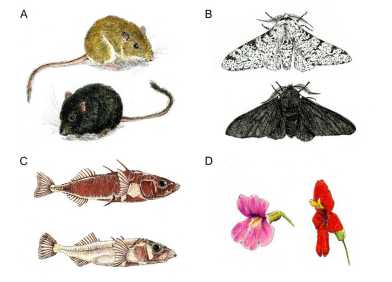
Mendel was born 200 years ago this July! To celebrate, PNAS published a special issue on the influence of his findings on evolution. Kirsten Bomblies (D-BIOL, IMPB) and Katie Peichel (Uni Bern), contributed a perspective on the Genetics of Adaptation, integrating empirical and theoretical studies.
A winding road of adaptive evolution to polyploid chromosome segregation
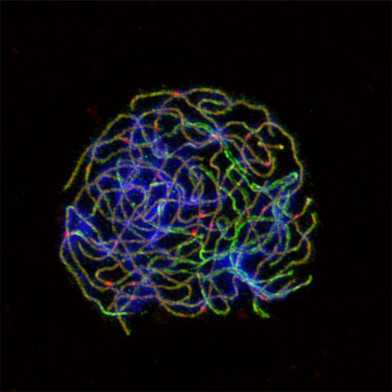
How can organisms evolve to segregate additional chromosome copies when they have been optimized over eons to segregate pairs of homologs in meiosis? A study from the Bomblies lab (IMPB, DBIOL) investigates the molecular basis of multigenic adaptation to polyploidy in Arabidopsis arenosa.
Plant sex - nocturnal exhibition at the Succulent Collection in Zurich
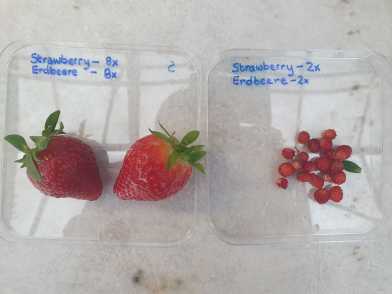
As part of the Scientainment programme "Nachtaktiv" for young people between 16 and 25 years of age, the event "Plant Sex" took place at the Succulent Collection in Zurich. The topic was the reproduction of plants – presented in an entertaining and at the same time scientifically sound way. Plants cannot actively search for partners themselves. This has given rise to the most bizarre forms of mating. From cuddly sex to rubbing insects on flowers, it's all there.
Surprising Vera
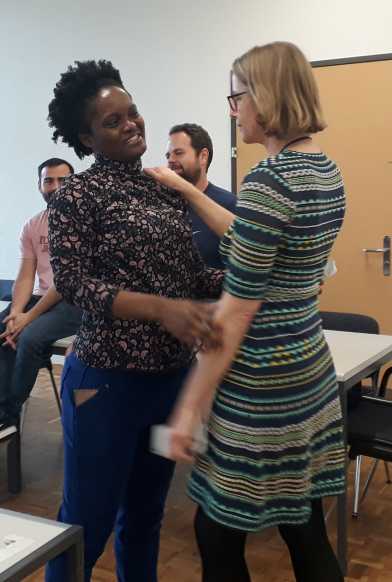
Living half a world apart and separated for almost two years because of COVID-restrictions, Vera and her fiancé traveled last week from Switzerland and Australia to their home country to finally get married. Since we can't be in Cameroon for the festivities, we planned a little surprise party for Vera. We wish Vera and Fabrice the happy fairy-tale ending their story deserves!
Annual Arabidopsis search around the LFW building

Every year a group from the Institute of Molecular Plant Biology checks the areas 1-7 around the LFW building (see thumbnail or photo in galary) for Arabidopsis plants. This year, the task fell to the Bomblies Group.
A quiet evolutionary response to cellular challenges
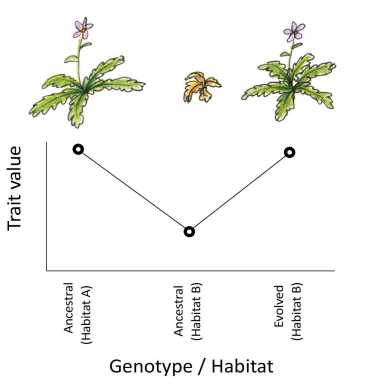
In studying evolution, we often focus on showy traits. But a recent essay by Kirsten Bomblies (IMPB, DBIOL) highlights that “invisible” adjustments that maintain cellular functions in novel contexts are an important force in evolution and can help interpret signatures of selection in genome scans.
Winter Event 2021/2022
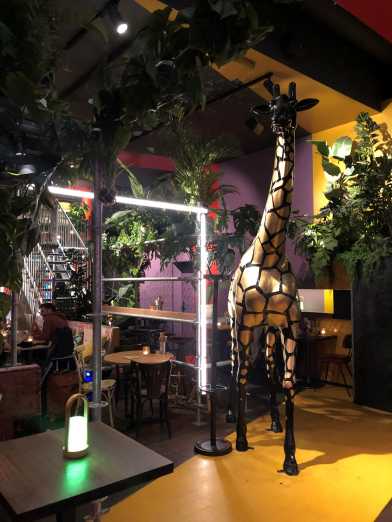
On February 10 2022, the Bomblies Group spent a fun evening in "Züri West". We started by playing virtual reality games at VR City. Afterwards we went to the restaurant Kitchen Republic for dinner.
Male and female recombination in diploid Arabidopsis arenosa
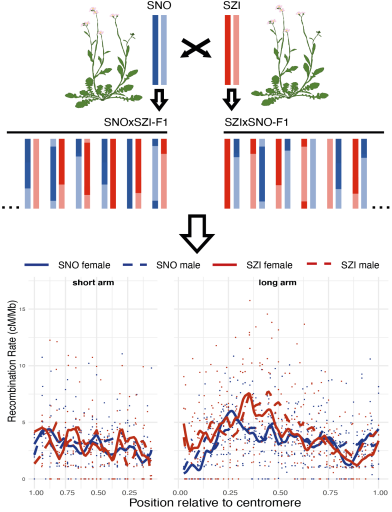
A recent paper published in the journal Genetics from the Bomblies lab characterizes the meiotic recombination landscape in male and female meiosis of two diploid Arabidopsis arenosa populations. The study is the first genetic map for this species and thus an important resource, but it also reveals several interesting features.